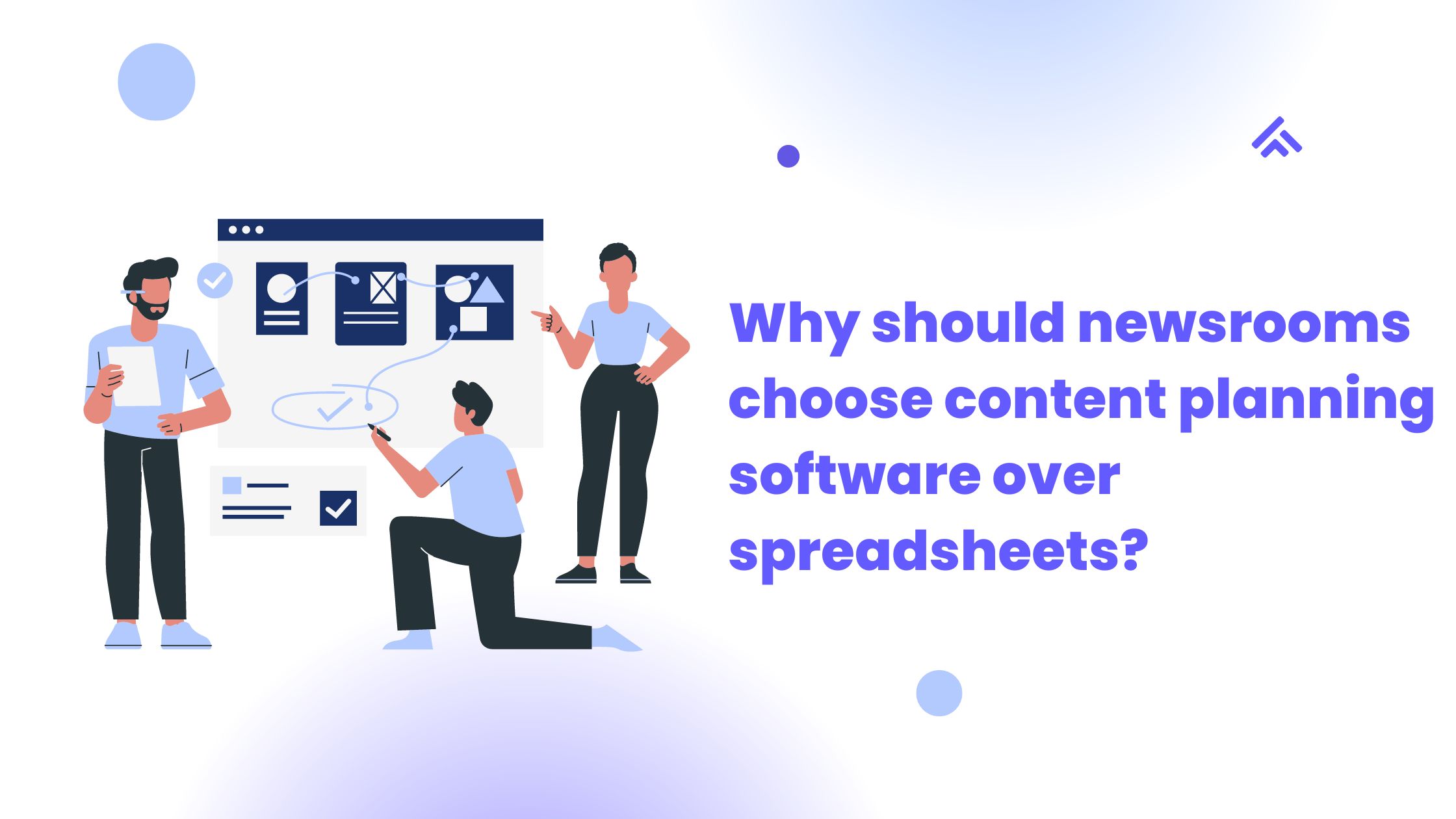Integrated Communications Made Easier with Kordiam’s Planning Tools
What is important?
As organizations move towards a more integrated approach to communications, ensuring brand consistency across all channels and aligning communications with business objectives, they are reviewing their content tech stack as well. A robust content planning tool like Kordiam becomes essential in this scenario.
Why the Shift to Modular Systems?
Instead of relying on one big system, content teams now use various smaller tools from different vendors. This shift is driven by several factors:
More Digital Platforms: There are more digital platforms to publish to than 15 years ago.
New Digital Formats: Formats like podcasts require their own tools.
Beyond Just a CMS: Publishing digitally requires more than just a CMS; it also needs analytics tools, personalization, etc.
Quality of Tools: No vendor has proven capable of providing all these tools at adequate quality.
Ease of Integration: Integrating tools has become significantly easier over time; often, it just takes a few clicks.
The Changing Architecture of CMS
Traditionally, a CMS supported both text entry and editing, as well as the actual publishing of content on a website. With the rapid increase in platforms like Facebook, which are outside the sphere of influence of a traditional CMS, this model has encountered issues. This has led to the break-up of the CMS model into:
A headless CMS for entering and editing content for all kinds of platforms.
Publishing platforms such as websites, newsletters, and social media.
Core Elements of a Modular System Landscape
The typical system landscape now centers around:
A headless CMS.
A Digital Asset Management tool (DAM or Media Asset Management – MAM).
Distribution platforms such as websites, newsletters, and social media.
Where Does a Content Planning Tool Fit In?
Structurally, a content planning tool like Kordiam sits at the beginning of the content workflow. It defines what content gets created by whom, when or if an integration happens, and reflects when and where the content has been published. This includes non-scheduled content such as breaking news, which may not have been planned ahead but shows up in content lists nevertheless.
Integrating a Content Planning Tool with Other Tools
Providing an API with open documentation is now a core element of vendors’ offerings, making connecting tools much easier. However, prioritizing integration tasks is crucial, as setting up an integration may sometimes not be worth the effort if the costs are too high compared to the benefits.
Three Main Integration Strategies for a Content Planning Tool
Integration with the Headless CMS:
This is the most straightforward integration. A piece of content is planned in the editorial calendar tool, triggering the creation of a story entry in the CMS. Data such as description, slug, scheduled date and time, etc., are handed over, and changes on either side are synced.
Integration with the Digital Asset Management Tool:
Depending on how the content teams operate, it may make sense to integrate a content calendar with a DAM. This typically involves moving content uploaded by freelancers to the planning tool to the DAM, while internal users continue to upload content via the headless CMS. This reduces security risks and the number of paid licenses needed.
No Integration:
Sometimes, an integration of the planning tool with the headless CMS is not needed. While integration makes sense, many customers find it works without integration almost as well. The data sets handled by a calendar tool and a headless CMS are quite different. While the content calendar may feature descriptions, assignments, and tags needed to assign a story to a company’s content strategy, a headless CMS focuses on the actual content like copy, pictures, video files, etc.
The shift to a modular system landscape for content management is essential for modern editorial teams. Kordiam's content planning tool fits seamlessly into this ecosystem, providing a flexible and integrated approach to managing content across multiple platforms. By prioritizing integration tasks and understanding the different roles of a content calendar, headless CMS, and DAM, content teams can streamline their workflows and improve efficiency./p>

